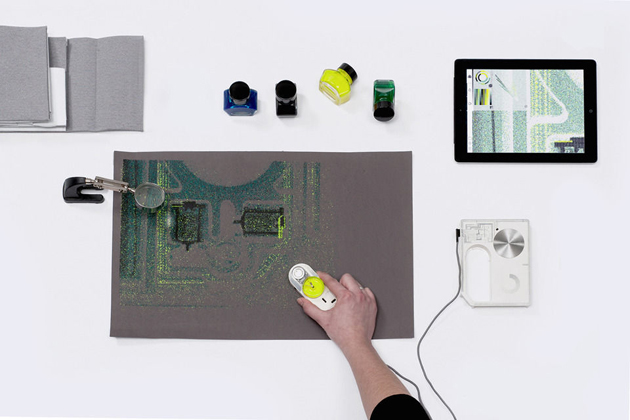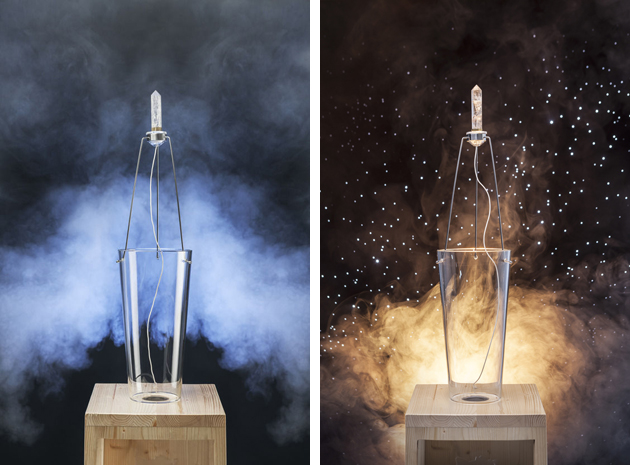
During the last century, Villa Noailles in Hyères, France, was an evolving experiment in International Style as well as the home of many Mondrians and Brancusis, Giacomettis and Lipchitzs, Dalis and Rays. Designed in 1923 by Rob Mallet-Stevens for Charles and Marie-Laure de Noailles, prominent ‘art collectors and modernism enthusiasts’, the villa went through many changes, following the eccentric taste of its proud owners. Nevertheless, after Marie-Laure’s death, it was sold to the town of Hyères and nearly abandoned for almost 30 years, before it finally became a temporary home for contemporary international talents, like Viktor & Rolf, Raf Simons, Dries van Noten, Walter Pfeiffer and Scheltens Abbenes.
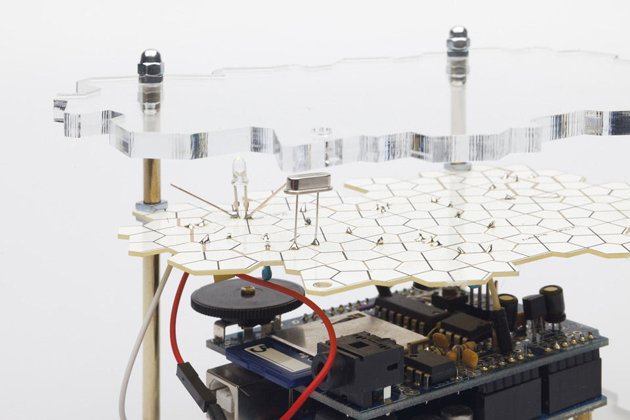
In 1996, after nearly 30 years of slow decay, Villa Noailles was put on disposal of the Association of the International Festival of Fashion Arts. Honouring the villa’s heritage, the Association used the space to nurture new talents in fashion, art and design, eventually setting up a rich cultural program it now hosts. Besides the initial fashion competition, Villa Noailles is known for its annual photography and design festivals, the latter of which took place last week. Design Parade showcases a selection of 10 product designers, offering assistance to young professionals in realizing their projects and developing their careers by a residency program and research scholarship, creating lasting bonds with the laureates.
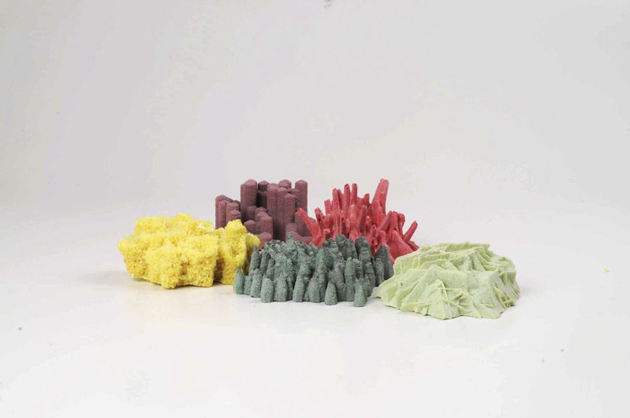
The 9th Design Parade appeared to have broken with the festival’s past. Usually showcasing carefully crafted and formally refined objects, this edition offered nuanced reflections and conceptual research rather than well-defined products. Starting from the winner of this year’s edition, Laura Couto Rosado, the selection favoured a sort of a new wave of ‘critical design’, displaying projects on the “extreme perfection of this technological revolution” with a series of blown-up doll house furniture produced with a 3D printer by Silva Lovatsova, “manifestation of technology in design” with a new printer concept by Axel Morales, rather than “the process of design conception” with a series of imaginary furniture by Malak Mebkhout.
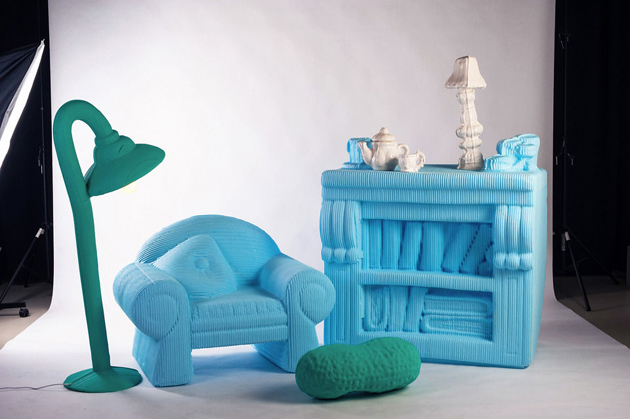
Laura Couto Rosado’s winning project developed a technical enquiry into properties of quartz crystals. Often used for high-tech components, the crystal’s piezoelectric properties were exploited by connecting a frequency generator to an amplifier and a transformer, turning quartz into a 21st century musical instrument. For the author, the project is “magical, not because it is technically advanced, but because it reveals the poetry inherent in existing technology.” Conceptually elegant and formally intriguing, this project seems to signal a new era for design where technological evolution should possibly become ever more concerned with issues of historical continuity, meaning and humaneness inherent in any object, material or production process.
